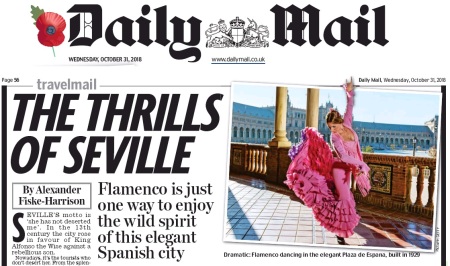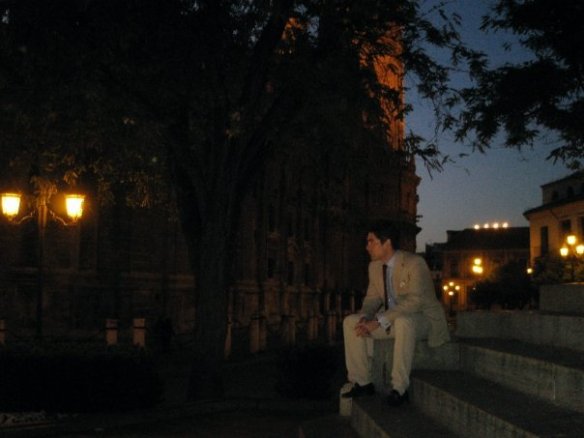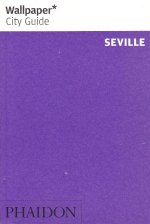A postcard from Vienna, where common sense reigns supreme – ‘No hysteria, no virtue-signalling’
In Austria, Alexander Fiske-Harrison found a completely different atmosphere to the UK
Vienna is at, indeed perhaps just is, the very heart of Europe. It was capital of the Holy Roman Empire for the majority of its thousand-year existence – until it confronted Napoleon at the Battle of the Three Emperors at Austerlitz. It was the “city of music” that made Mozart; it was the “city of dreams” that bred Freud. In 1938 the French author Albert Camus wrote, “Vienna stands at the cross-roads of history. Around her echoes the clash of empires. Certain evenings when the sky is suffused with blood, the stone horses on the Ring monuments seem to take wing.”
And yet, less than a decade later, Graham Greene would write, “I never knew Vienna between the wars, and I am too young to remember the old Vienna with its Strauss music and its easy charm; to me it is simply a city of undignified ruins.”
There was dark romanticism even in the ruins, as Greene knew, hence he made the city the third character in his and Carol Reed’s film The Third Man (although the great Orson Welles added a few lines of his own, including the famous one about the Borgias and cuckoo clocks.)






